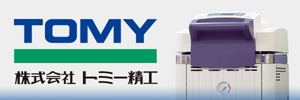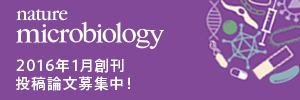PJ-168 (JTK):Isolation and selection of cellulolytic dark septate endophytic fungi that able to promote asparagus plant growth
1Tokyo University of Agriculture and Technology
Isolation and selection of cellulolytic dark septate endophytic fungi that able to promote asparagus plant growth
Surono1,2 and Kazuhiko Narisawa2,3
1Indonesian Soil Research Institute, Indonesia
2United Graduate School of Agriculture, Tokyo University of Agriculture and Technology, Japan
3College of Agriculture, Ibaraki University, Japan
Abstract
Recently, 3 species of dark septate endophytic fungai (DSE), i. e., Phialocephala fortinii, Phialophora finlandica and Leptodontidium orchidicola have been reported that they are able to degrade cellulose. It was still limited information whether other species of DSEs are able to degrade cellulose or not and have role in carbon cycle in the nature. Thus, the objectives of this study were 1) isolation of the DSE from plants roots under natural environment; 2) confirmation of the ability of the selected DSEs in degrading cellulose; and 3) confirmation of the ability of the selected DSEs in promoting asparagus plants growth. The total of 27 DSE candidates among 29 isolates from various plant roots are able to degrade (CMC) as cellulose source in vitro. The cellulolytic index of 22 isolates were higher than control (Pleurotus eryngii). Among them, isolate III.Pi.I8, unidentified DSE fungus, was able to increase the index of asparagus plant growth by 53% compared to control (without fungal inoculation treatment) based on dry weight of the plant. Re-isolation of the asparagus plant inoculated by this fungus reached 100%. Although this DSE fungus is capable of degrading cellulose but not give the any pathogenic effect on asparagus plants.
Keywords : Carboxymethyl cellulose, asparagus plant, Dark Septate Endophytic Fungi
keywords:DSE,CMC,Asparagus plant




